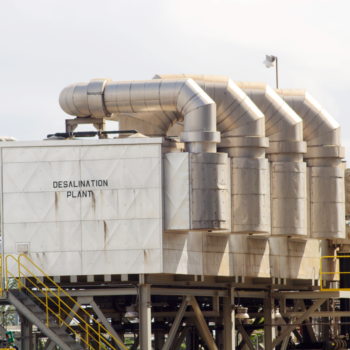|
|
Smart cities are revolutionizing how we live, work, and interact with our environment. These cities are defined by their use of technology and data to improve the quality of life for their residents, while also focusing on sustainability and environmental impact. In this article, we will explore the world’s top 10 most sustainable smart cities based on their commitment to sustainability initiatives and the implementation of smart city technologies.
1. Oslo, Norway
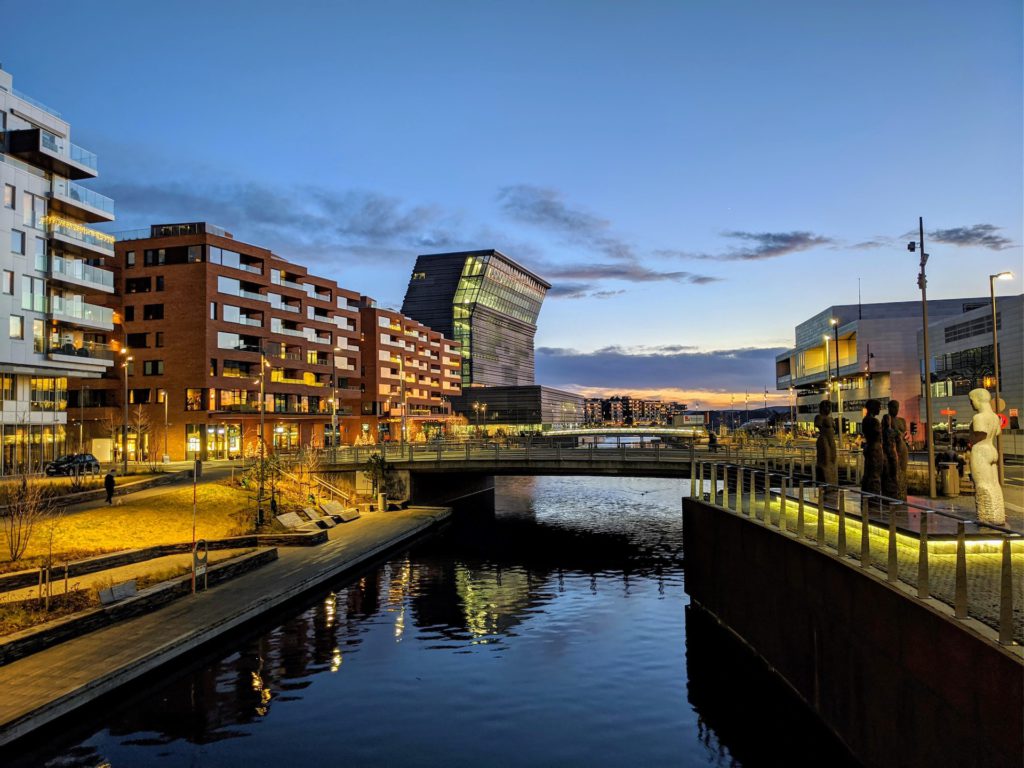
Oslo, the capital city of Norway, takes the top spot as the most sustainable smart city in the world. The city has made significant strides in reducing emissions and improving air quality. Through implementing innovative smart technologies and management systems, Oslo has been able to monitor and control emissions throughout the city. In addition, the city has implemented an impressive waste management system that focuses on recycling and minimizing waste.
Oslo, the capital of Norway, is a global leader in sustainable smart cities. Here are some key reasons why:
- Green Transportation: Oslo is a pioneer in electric mobility. Electric buses and trams are familiar sights on its streets, and there are many charging stations for electric vehicles. This helps keep the air clean.
- Pedestrian-Friendly Streets: Oslo cares about clean air. It has car-free zones and promotes walking and cycling. A busy street, Karl Johans Gate, was turned into a place for people to walk, not cars.
- Renewable Energy: Oslo gets lots of its power from clean sources like hydroelectricity. Even its modern buildings, like the Munch Museum, have features like solar panels and green roofs.
- Smart Waste Management: Oslo is excellent at handling waste. They use smart bins with sensors to optimize waste collection, reducing pollution.
- Data for the Environment: Oslo uses data and tech to watch air quality and traffic. This helps them react quickly to environmental issues and make smart choices for sustainability.
- Beautiful Waterfront: Oslo has turned its waterfront into a great place for fun. It has green areas and clever ways to control floods, making it ready for climate change.
- Culture of Sustainability: Oslo isn’t just about tech. People in Oslo also do their part, like recycling more and making eco-friendly choices.
Oslo’s success shows how a city can use technology and people’s efforts to be green and sustainable.
2. Amsterdam, Netherlands
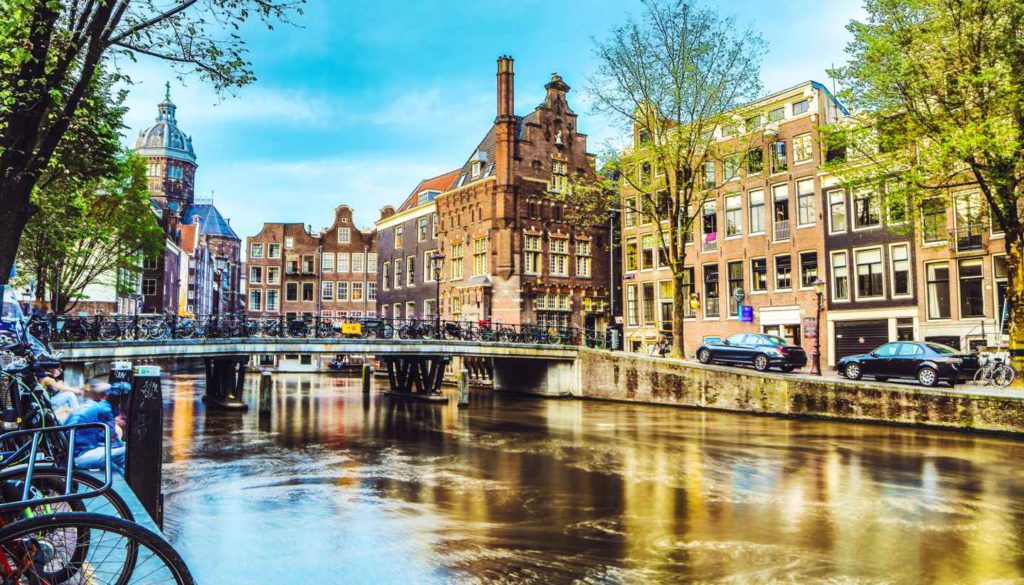
Amsterdam stands out as a global sustainability leader, aiming to become the world’s smartest city by 2023. This commitment is evident through a range of sustainability initiatives. The city has made substantial strides in harnessing renewable energy sources like wind and solar power. For instance, the iconic “Windwheel” project combines wind turbines and apartments, generating clean energy while offering innovative living spaces.
Amsterdam Smart City, a pioneering partnership between the city and its residents, plays a pivotal role in this journey. Through collaborative efforts, they are integrating smart technologies into various aspects of urban life.
For example, energy-efficient street lighting adapts to pedestrian movement, reducing energy consumption. Additionally, smart waste bins optimize collection routes, minimizing fuel usage and emissions. These innovative endeavors reflect Amsterdam’s commitment to a sustainable and technologically advanced future.
3. Copenhagen, Denmark
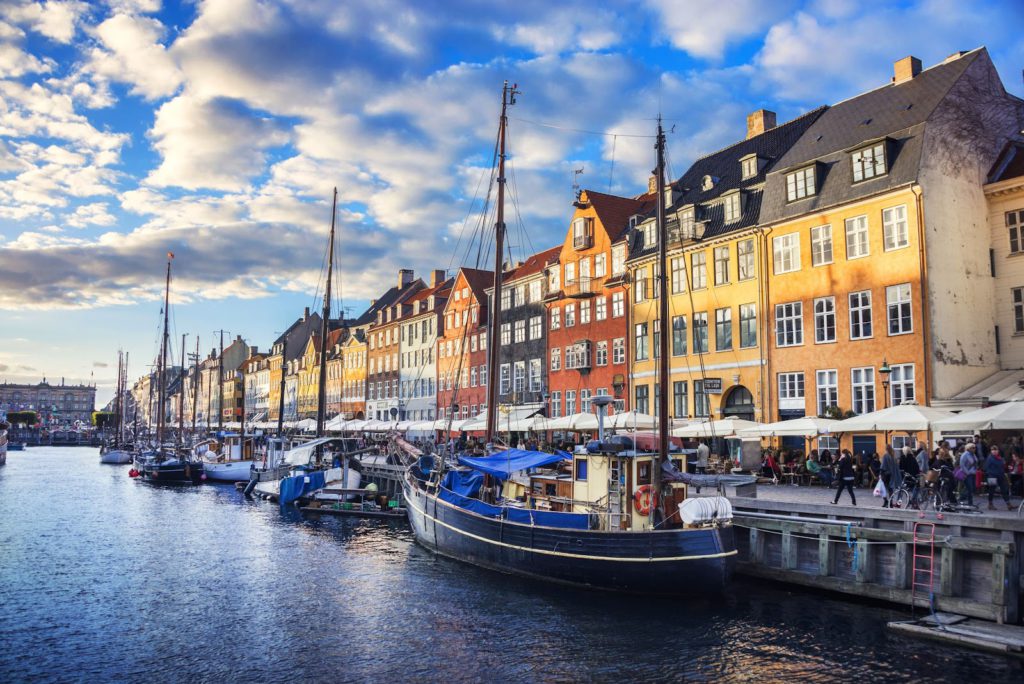
Copenhagen has earned global recognition for its unwavering dedication to environmental sustainability. The city has set an ambitious target to reach carbon neutrality by 2025, and its impressive efforts are evident in a range of sustainability initiatives.
One standout project is Copenhagen’s innovative streetlight system. Using energy-efficient LED lighting and motion sensors, the city can adjust streetlight brightness based on pedestrian and vehicular activity. This reduces energy consumption, enhances safety, and reduces light pollution.
Moreover, Copenhagen boasts an exemplary sustainable transportation network. The city’s extensive bike infrastructure encourages cycling as a primary mode of transport, reducing the reliance on fossil-fuel-powered vehicles. Its efficient public transportation system, including electric buses and metro expansion, also significantly lowers carbon emissions.
These examples showcase Copenhagen’s commitment to smart and sustainable urban development, setting a noteworthy precedent for cities worldwide striving for a greener future.
4. Singapore
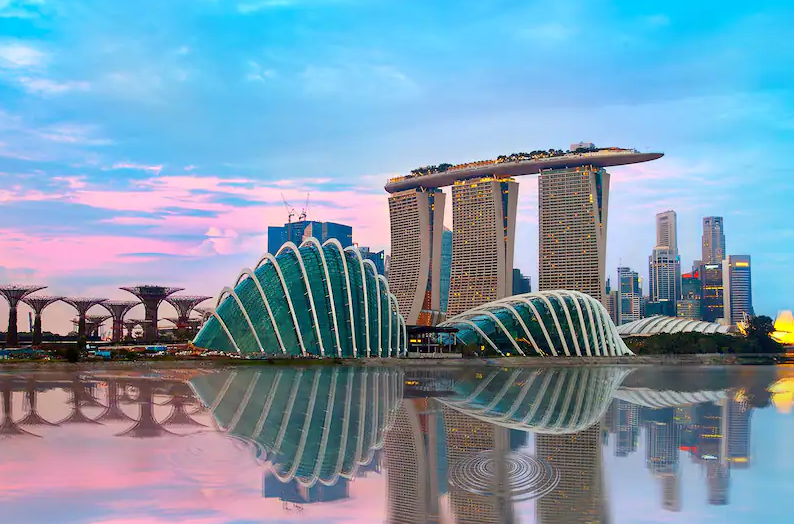
Singapore, a leading smart city, has executed a holistic strategy to elevate its residents’ quality of life and champion sustainability through technology. The city-state has made remarkable strides in multiple domains.
- Waste Management: Singapore’s advanced waste management system optimizes recycling and collection. Automated waste bins equipped with sensors monitor and optimize routes for garbage trucks, reducing fuel consumption and emissions.
- Transportation: The city excels in smart transportation, employing electronic road pricing to manage traffic congestion and encourage the use of public transport. Initiatives like autonomous buses and extensive bike-sharing programs underscore Singapore’s commitment to sustainable mobility.
- Energy Efficiency: Singapore prioritizes energy efficiency with smart grid technologies. For instance, the Marina Bay Sands Integrated Resort uses energy-efficient design, including natural ventilation and advanced lighting control, to reduce energy consumption.
- Urban Planning: Singapore’s innovative urban planning leverages data and technology to enhance city services. It utilizes smart lampposts with environmental sensors to collect real-time air quality and weather data.
Singapore’s multifaceted approach to smart city development exemplifies its dedication to creating a sustainable and high-quality urban environment for its citizens, positioning it as a global benchmark for smart city initiatives.
5. Stockholm, Sweden
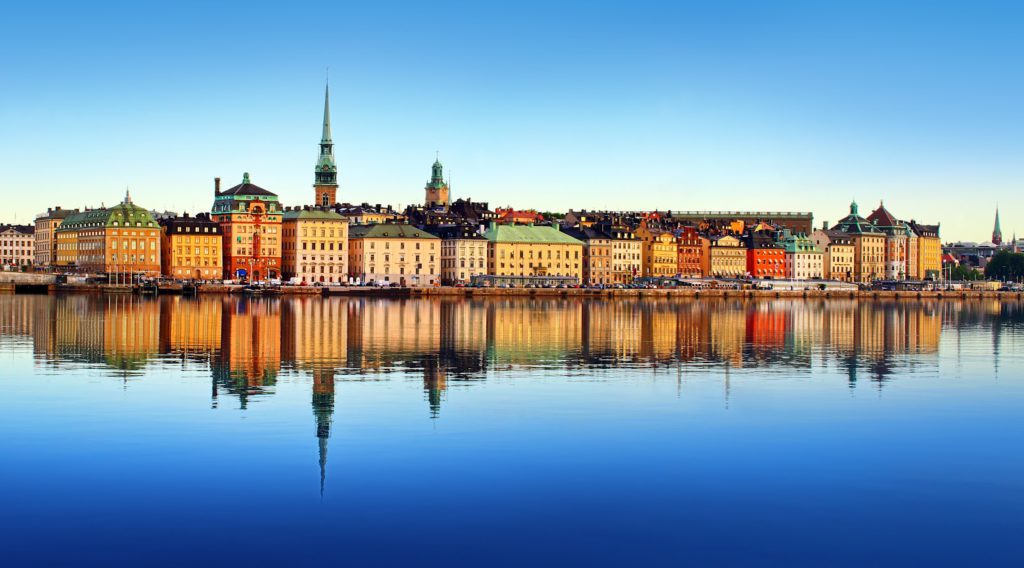
Stockholm has earned a prominent reputation for its unwavering dedication to sustainability and forward-thinking smart city endeavors. The city showcases exemplary projects in critical areas:
- Renewable Energy: Stockholm actively harnesses renewable energy sources. For instance, the Hammarby Sjöstad district employs cutting-edge technologies like solar panels and efficient energy systems to reduce its environmental footprint.
- Waste Management: Stockholm’s waste management system is a model for efficiency and sustainability. Automated vacuum waste collection in some areas minimizes the need for garbage trucks, reducing emissions and traffic congestion.
- Sustainable Transportation: The city places a strong emphasis on sustainable mobility. Stockholm boasts an extensive public transport network, including clean-energy buses and efficient metro systems. Introducing congestion pricing has also successfully reduced traffic congestion and air pollution.
Stockholm’s impressive standing on the IESE Cities in Motion Index underscores its commitment to creating a sustainable, innovative, high-quality urban environment. It serves as an inspiring example for cities worldwide.
6. Vancouver, Canada
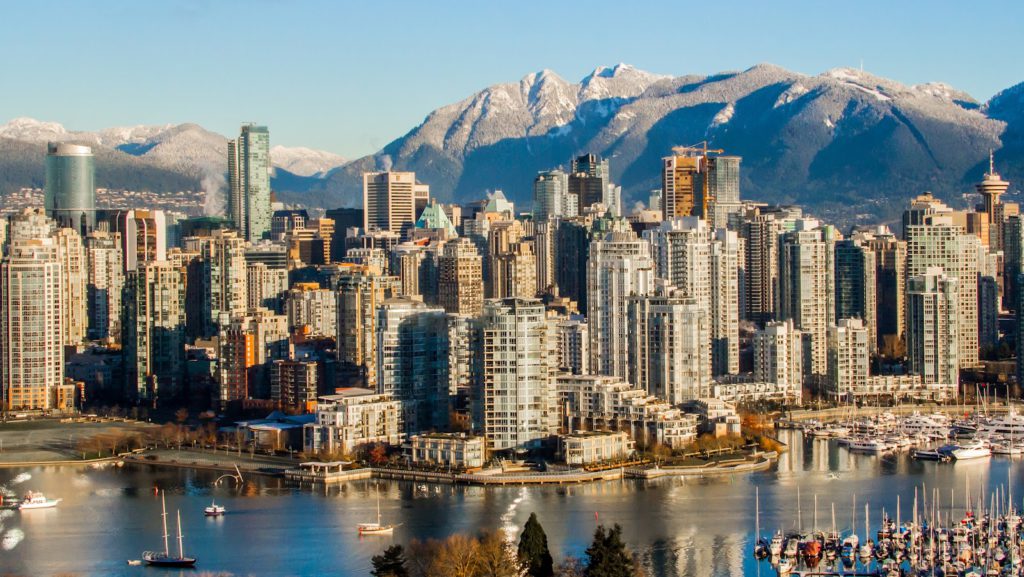
Vancouver is a shining example of a city deeply committed to environmental sustainability. Several vital initiatives and practices highlight its dedication:
- Green Energy: Vancouver sources a significant portion of its electricity from renewable sources, mainly hydropower. This contributes to a lower carbon footprint compared to fossil fuel-based energy generation.
- Sustainable Transportation: The city has invested heavily in public transportation, including an extensive network of electric buses and the SkyTrain system. Cycling infrastructure and initiatives to encourage cycling further reduce carbon emissions.
- Green Building Standards: Vancouver enforces stringent green building standards. It has set a target for all new buildings to be carbon-neutral by 2030, ensuring that the city’s skyline aligns with its sustainability goals.
- Urban Green Spaces: The city prioritizes green spaces, with Stanley Park being a prominent example. Its urban planning emphasizes preserving natural beauty and greenery, even within the bustling urban landscape.
Vancouver’s commitment to environmental sustainability underscores its role as a model for eco-conscious urban development.
7. Helsinki, Finland
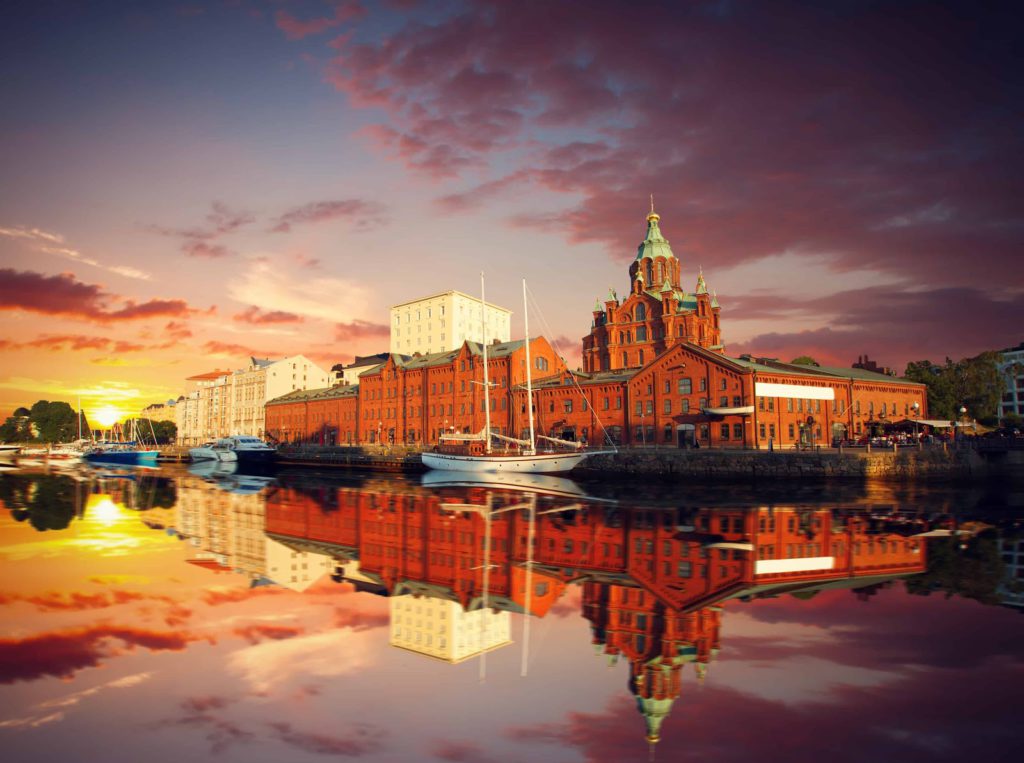
Helsinki stands out as a global sustainability leader, characterized by a range of initiatives and practices that exemplify its commitment:
- Smart Energy Solutions: Helsinki embraces smart systems to enhance energy efficiency. For example, the city’s district heating and cooling network is one of the largest and most efficient in the world, utilizing waste heat and renewable sources to provide sustainable heating and cooling to buildings.
- Public Transportation: The city boasts a comprehensive public transportation system that includes trams, buses, and ferries, all operating with a strong focus on sustainability. Introducing electric buses and plans for a new metro line underscore Helsinki’s dedication to clean transportation.
- Urban Greenery: Helsinki prioritizes green spaces within the urban environment. The city’s commitment to parks, forests, and waterfronts, such as Central Park and the Baltic Sea shoreline, offers residents access to nature and promotes a healthy, sustainable lifestyle.
- Sustainable Practices: Helsinki encourages residents to adopt sustainable practices, such as waste sorting and composting, and provides ample facilities and education to support these efforts.
Helsinki’s holistic approach to sustainability makes it a notable model for cities worldwide, showcasing how smart technologies, green spaces, and community engagement can contribute to a greener and more sustainable urban future.
8. Reykjavik, Iceland
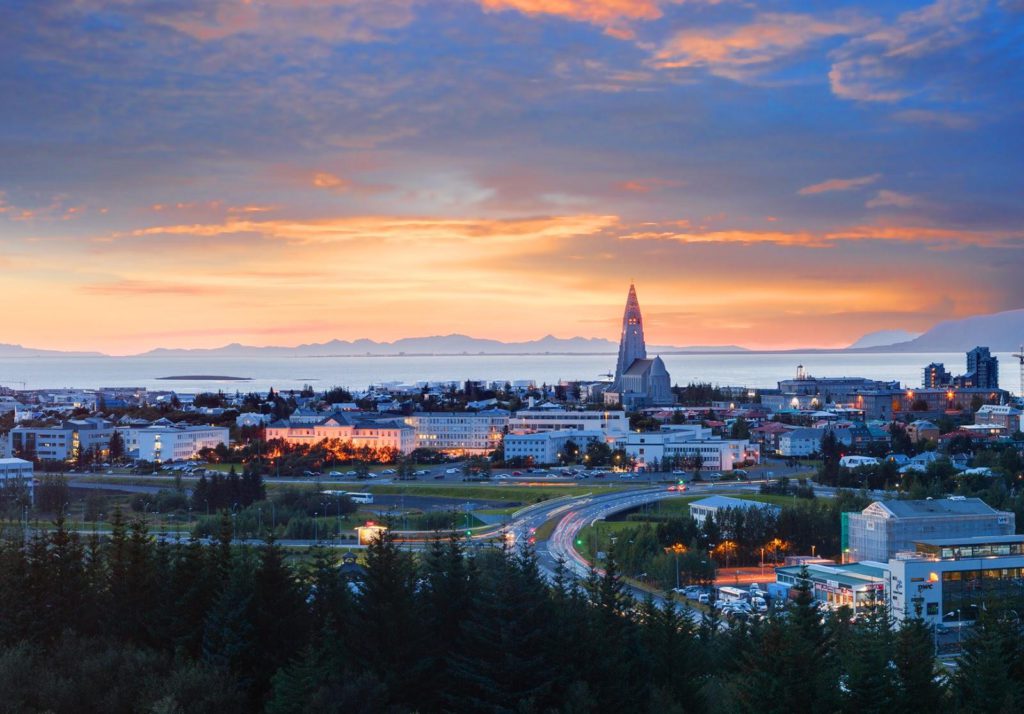
Reykjavik, Iceland’s vibrant capital, shines as a beacon of renewable energy and sustainability, setting an exemplary standard for urban environmental stewardship. Key features include:
- 100% Renewable Energy: Reykjavik’s remarkable achievement in running entirely on renewable energy sources, primarily geothermal and hydropower, showcases its commitment to reducing carbon emissions and combating climate change.
- Sustainable Transport: The city promotes sustainable mobility through an extensive network of cycling lanes, electric buses, and an efficient public transport system. It encourages residents to reduce their carbon footprint by adopting eco-friendly transportation alternatives.
- Green Spaces and Waterways: Reykjavik strongly emphasizes preserving its natural beauty. Parks like Laugardalur and the stunning Tjörnin Lake, which supports diverse bird species, offer residents serene green spaces within the urban landscape.
- Waste Reduction: Reykjavik promotes waste reduction and recycling, striving for minimal landfill waste through efficient waste sorting and disposal programs.
Reykjavik’s dedication to renewable energy, sustainable transport, green spaces, and waste reduction positions it as an inspirational model for cities worldwide striving to attain a high level of environmental sustainability.
9. San Francisco, USA

San Francisco proudly holds its reputation as one of America’s greenest cities, characterized by a multitude of sustainability endeavours:
- Comprehensive Recycling Program: San Francisco’s commitment to recycling and waste reduction is exemplified by its pioneering mandatory composting ordinance. This initiative diverts significant organic waste from landfills, contributing to reduced methane emissions.
- Renewable Energy: The city sources a substantial portion of its electricity from renewable sources, including wind and solar power. Examples include the iconic San Francisco Public Utilities Commission’s solar installations and the development of offshore wind farms.
- Green Building Practices: San Francisco enforces stringent green building standards, requiring energy-efficient designs in both residential and commercial structures. The city is home to numerous LEED-certified buildings and environmentally-conscious architectural projects.
- Sustainable Transportation: San Francisco promotes sustainable transportation with an extensive public transit network, bike-sharing programs, and electric vehicle charging infrastructure. Initiatives like the expansion of bike lanes and the electrification of buses align with the city’s commitment to reducing greenhouse gas emissions.
San Francisco’s dedication to sustainability sets a noteworthy example for U.S. cities, illustrating how comprehensive recycling, renewable energy, green building practices, and sustainable transport can create an eco-friendly urban landscape.
10. Barcelona, Spain
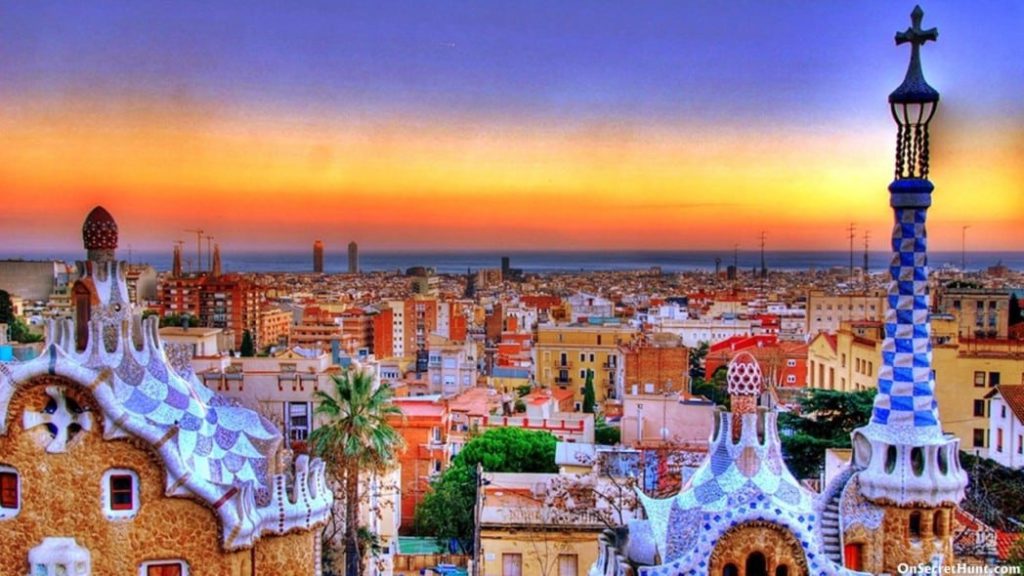
Barcelona, a bustling metropolis, is at the forefront of leveraging innovative city technologies to bolster sustainability and enhance the well-being of its citizens:
- Smart Buildings: Barcelona integrates innovative solutions, exemplified by the futuristic Media-TIC building. These structures incorporate energy-efficient designs, utilizing sensors and automation to optimize lighting, heating, and cooling, reducing energy consumption.
- Waste Management: The city employs advanced waste management systems, including underground waste containers with sensors that alert collection services when they are full. This minimizes waste overflow and reduces fuel consumption and emissions from collection vehicles.
- Sustainable Urban Planning: Barcelona’s urban planning emphasizes mixed land use and the creation of pedestrian-friendly zones. The superblock model, which turns clusters of streets into car-free spaces, prioritizes pedestrians and promotes sustainable transportation.
- Green Spaces: The city boasts an array of green spaces, including the iconic Park Güell and Montjuïc Park, offering residents access to nature within the urban landscape.
Barcelona’s holistic approach to innovative city initiatives, combining smart buildings, efficient waste management, sustainable urban planning, and green spaces, underscores its dedication to sustainable urban development, setting a benchmark for cities worldwide.
Conclusion
These top 10 sustainable smart cities are leading the way in utilizing technology and data to enhance sustainability and improve the quality of life for their residents. From reducing emissions and improving air quality to implementing innovative projects and smart systems, these cities are setting an example for other cities worldwide.
As we continue to move towards a worldwide future, these cities provide inspiration and guidance on creating smart, sustainable cities that prioritize the well-being of their residents and the environment.



